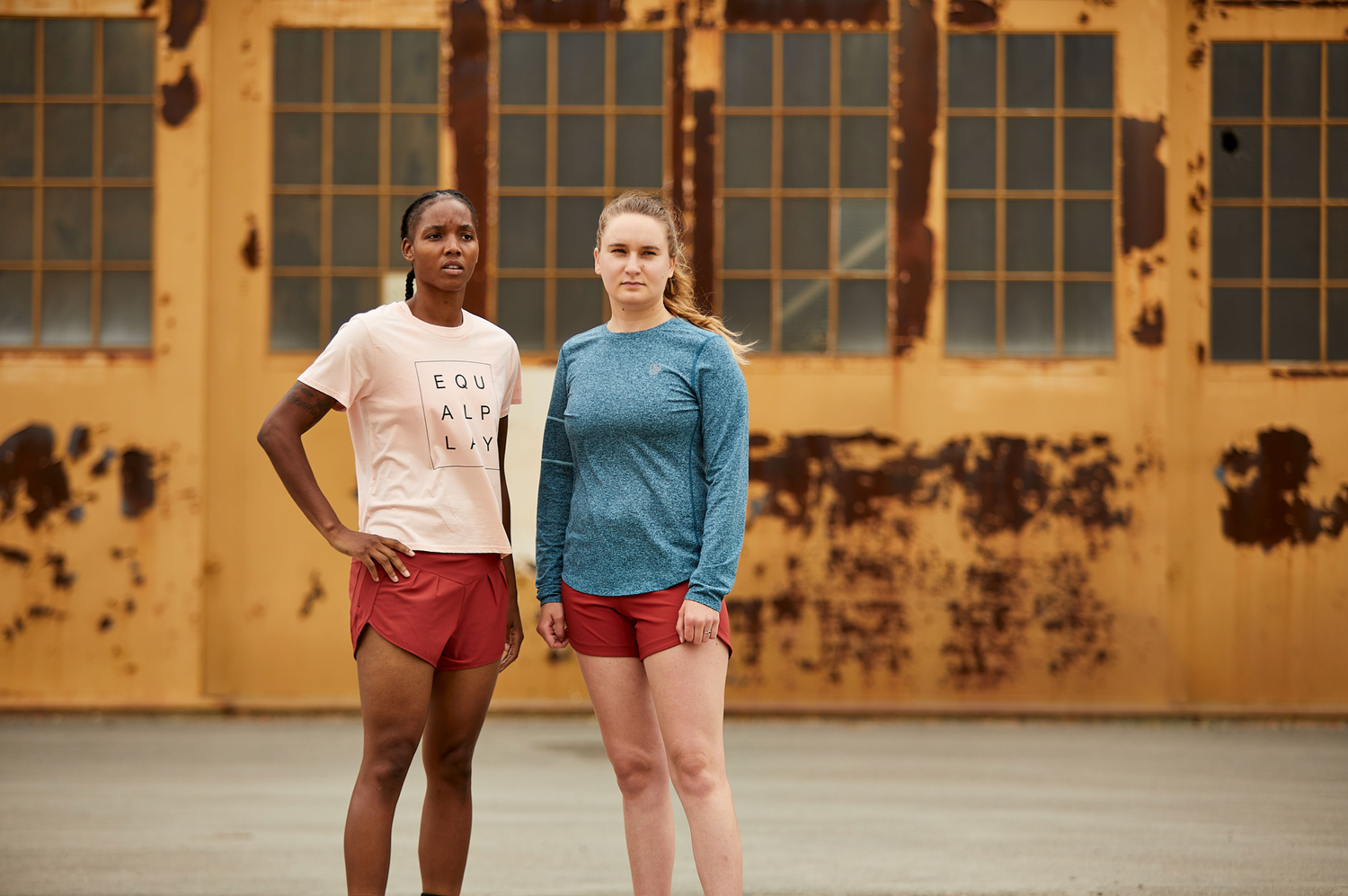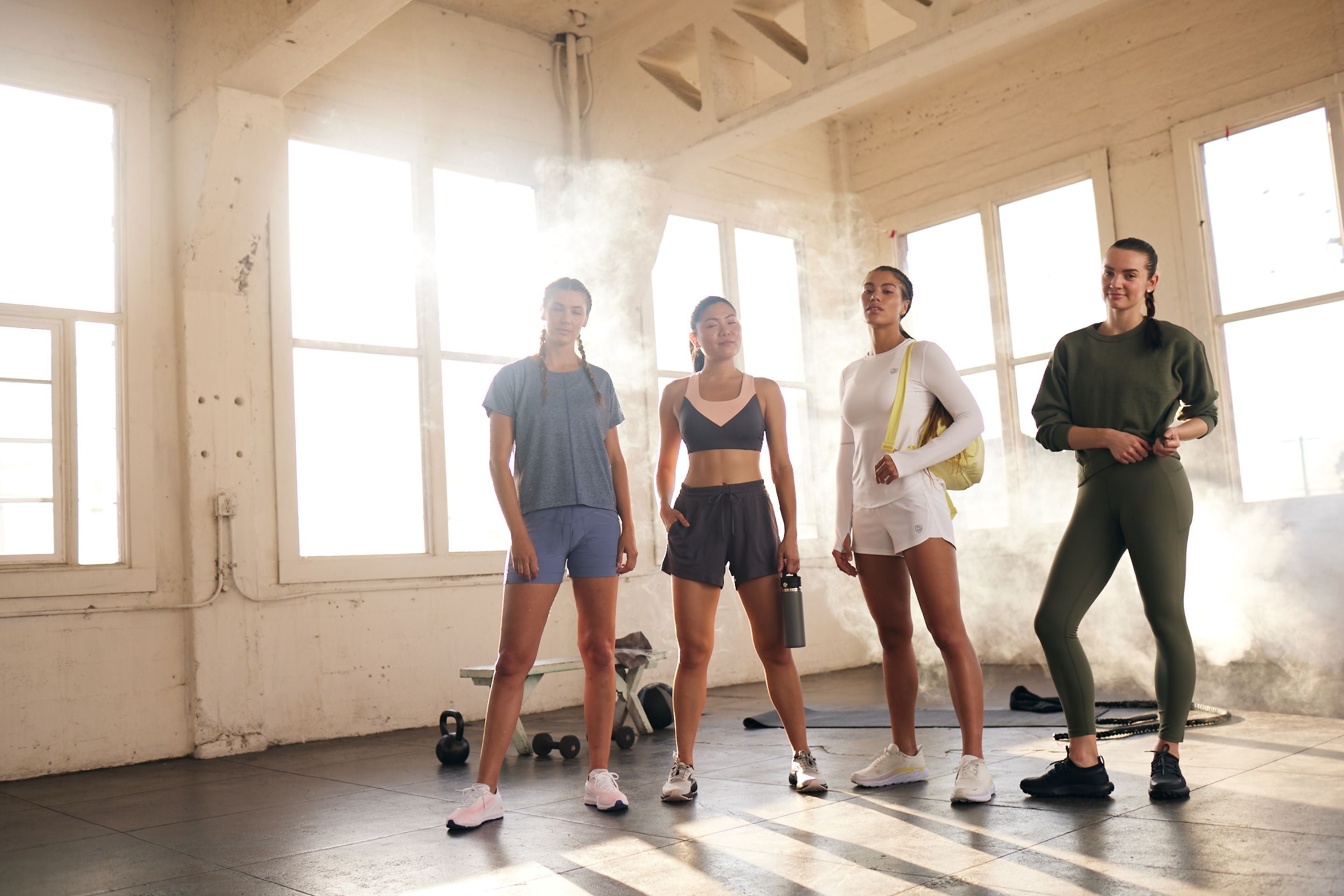Sexism in Sports: Statistics that Might Surprise You
Women trailblazers throughout history have transformed sports and society at large in favor of opportunities for women. Despite the monumental progress that women in sports have seen, there’s still a lot more work to be done.
Think about how we can stay on the path towards total gender equality in sports. Let’s discuss some surprising statistics that help remind us how far we still have to go.
What Is Sexism in Sports?
Sexism in sports goes far beyond the disproportionate number of opportunities for women and girls at schools or how the industry perpetuates gender stereotypes.
Sexism in sports today is still systematic and present at all levels, impacting the experiences, sports coverage, and pay of women athletes while disproportionately affecting women of color.
Sports Sexism in Numbers
Breaking down the stats gives us a glimpse into the state of gender inequality in sports. The numbers show how sexism towards female athletes and other female professionals permeates the sports industry.
It’s not just one woman’s story or a handful of girls and women noticing that something isn’t right. It’s a distinct and pervasive pattern, and the below are just a few examples:
- As recently as 2015, 40–41% of women in the sports industry reported facing gender discrimination
- Only 7% of women in sports say they’ve reported incidents of sexism
- Women comprise just 18% of qualified coaches and 9% of senior coaches.
- Of all publicly funded national governing bodies, 49% have boards that are less than 25% female
Now that we have a general outline of the problem, let’s dig into some additional facts and context.
Male Bias in Sports
We can summarize discrimination of female athletes as a set of conditions and attitudes that adversely influence female players. Here are some pressures unique to women in sports that men in the same industry don’t have to worry about.
Objectification of Women
To become a pro athlete, women devote their lives to their passions and athletic goals, training thoroughly and carefully.
To work toward a lifelong dream only to be minimized to your physical appearance — this is an unfortunate reality of many women athletes. You’ve worked just as hard as the male athletes, yet you’re still treated as if your worth equates to how well your looks measure up to beauty standards and male expectations.
Sexual and gender harassment have serious consequences and occur at every level of sports, with the risk increasing in elite sports. Research suggests the problem has actually grown substantially since the mid-1980s.
Additionally, one study revealed that as many as 45% of female athlete respondents had experienced sexual harassment from men.
Shaming Women
Women in sports are shamed for their bodies and physical appearance, especially women of color. Roughly 94% of young women in the general public have endured body shaming, which becomes an even bigger issue in sports.
Research shows female athletes can be 8.3 times more likely than females in the general population to suffer from anorexia, and 14.5 times more likely to suffer from bulimia.

Family and child-rearing gender stereotypes are another way the sports industry intrudes into female players’ lives at a deeply personal level.
Between 2010 and 2020, the EEOC received more than 50,000 pregnancy discrimination claims. This problem extends into amateur, college, and professional sports.
Not only are there stereotypes about physical activity during pregnancy and maternity, but there are also myths about athletic careers being at odds with women’s roles as mothers. These are examples of discrimination. Olympic, professional, and college women athletes have been demanding fair reproductive, pregnancy, and maternity policies.
Under-representation of Women
Though there are many influential women athletes and leaders to look up to, there’s still a great gender imbalance in positions of power in sports.
Of all publicly funded national governing bodies, 49% have boards that are less than 25% female, and women account for just 18% of qualified coaches and 9% of senior coaches.
Gender Gap in Sports
Now, we’ll explore some of the specific and clear discrepancies in how the sports industry treats women compared to men.
Media Coverage Gap
You’d think that sports media would jump at the chance to celebrate female players’ successes, considering everything women must overcome to achieve greatness in sports. Unfortunately, media portrayal is yet another hurdle for women in sports to clear.
Despite the fact that women make up about 40% of athletes overall, only about 4% of sports media reporting covers women’s sports. As if that weren’t bad enough, sports media is also much more likely to oversexualize women athletes compared to men.
The Gender Pay Gap
Today, women tend to make 80–83% of the average man’s pay. Although women in the sports industry now average 94 cents on the dollar compared to men, more progress is needed in the 17% of sports that still fail to offer equal prize money to men and women.
For example, NBA players are paid about 100 times more than WNBA players, and the average professional male golf player earns 25 times more than the average female pro golfer. In many sports, it’s not uncommon for the gender pay difference to equal millions of dollars.
The College Sports Gap
Since college is a significant gateway into professional sports, gender equality in collegiate sports matters for women’s sports as a whole.
That’s why it’s troubling that only 24% of institutions’ athletic budgets go toward women’s sports. College women get about 16% of recruiting budgets and ultimately about $179 million less in scholarship funds.
Athlete Opportunity Gap
Even before young women make it to college sports, many of them are deprived of athletic opportunities during high school.
There are roughly 1.3 million fewer high school athletic opportunities for girls than for boys. This is probably related to girls being twice as likely as boys to drop out of sports by age 14.
Why Is There Sexism in Sports?
As you can see, sexism in sports and gender inequality are largely self-perpetuating cycles. When girls and women have fewer chances to succeed in high school and college sports, women's sports participation and success are limited.
Similarly, with so few women at the very top of the sports industry, it’s very hard to change how we treat and compensate women athletes, and how we market them and portray them in the media.
What Is Being Done to Eliminate Sexism in Sports?
Fortunately, there is no shortage of people who are passionate about gender equality and women’s sports. Here are some organizations and people working to improve the world of sports for girls and women:
- With founder Billie Jean King, the Women’s Sports Foundation supports women’s and girls’ athletic opportunities through research, advocacy, partnerships, and community outreach.
- The Mia Hamm Foundation also strives to increase opportunities for young women in sports.
- Nancy Hogshead-Makar is the Olympic medalist swimmer turned legal expert on sports issues, leading Champion Women in their advocacy for girls and women in sports.
- Equal Play is our advocacy at Goal Five, through which we work with organizations like Soccer Without Borders and Moving the Goalposts to make sports participation of women and girls more accessible around the globe.
Which statistic shocked you the most?
Did any of these numbers surprise you? What are some small ways you, or someone who inspires you, can make a difference in the world of women’s sports?
Fill us in on Instagram @goalfive, and be part of the change by helping us raise awareness about sexism in sports.




Leave a comment
This site is protected by hCaptcha and the hCaptcha Privacy Policy and Terms of Service apply.